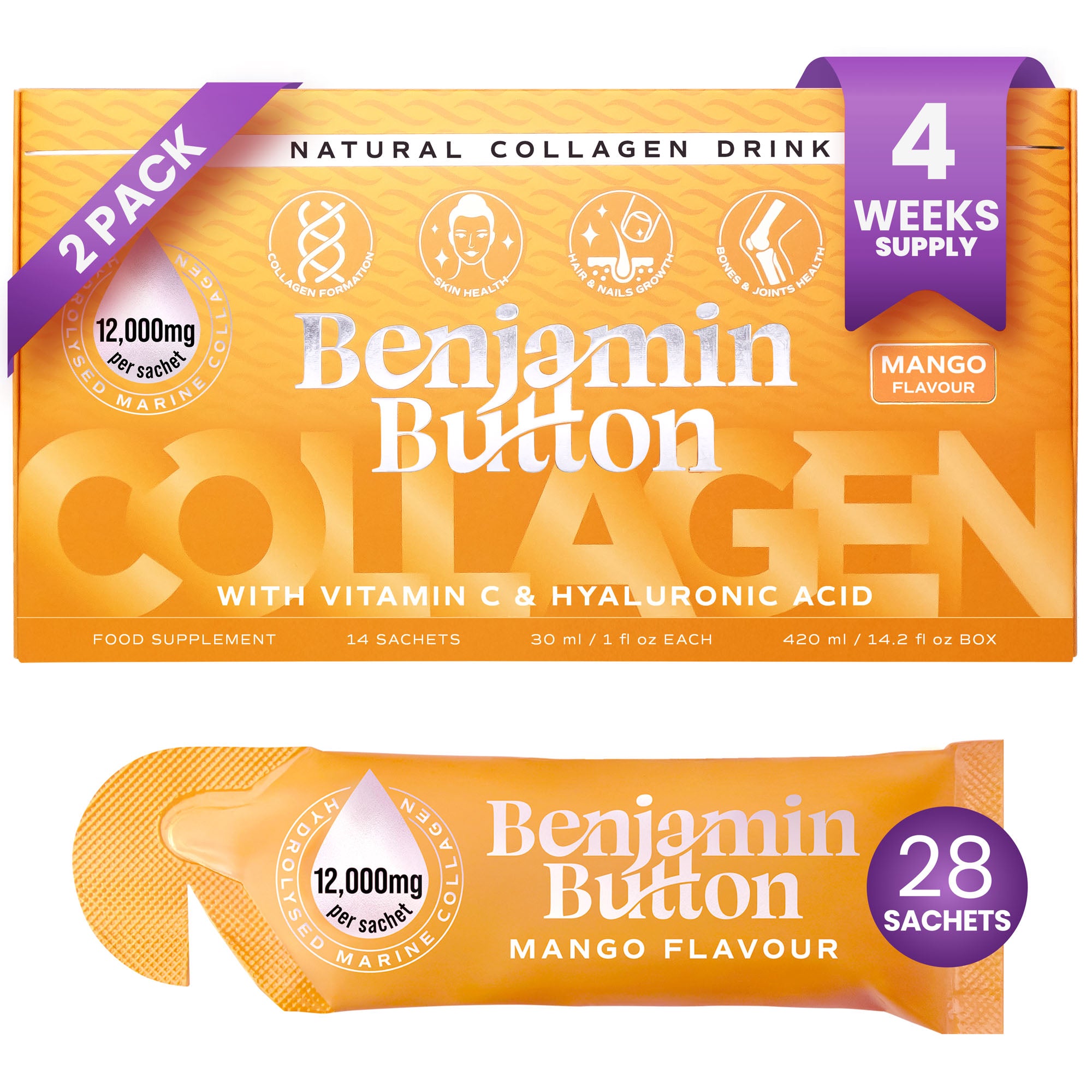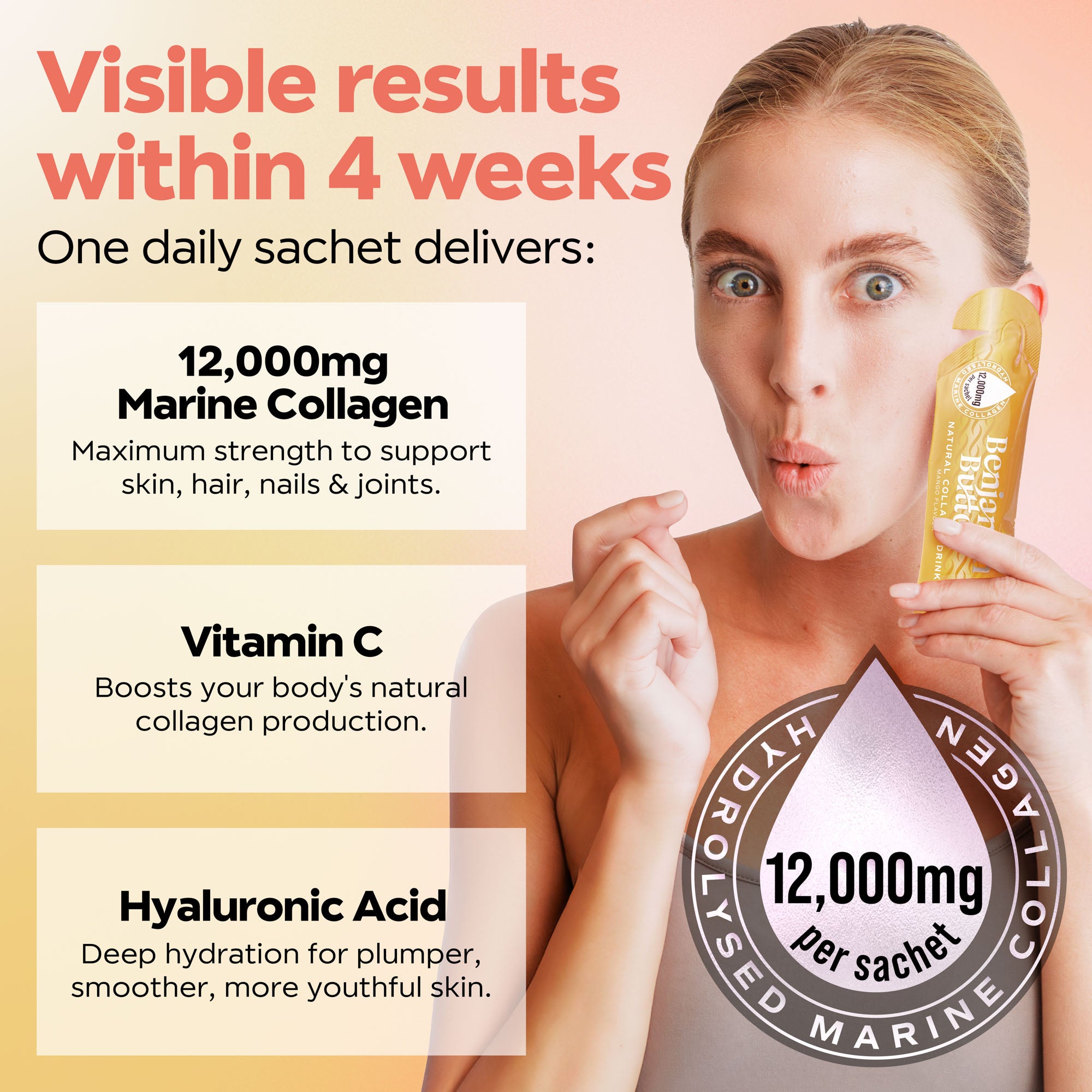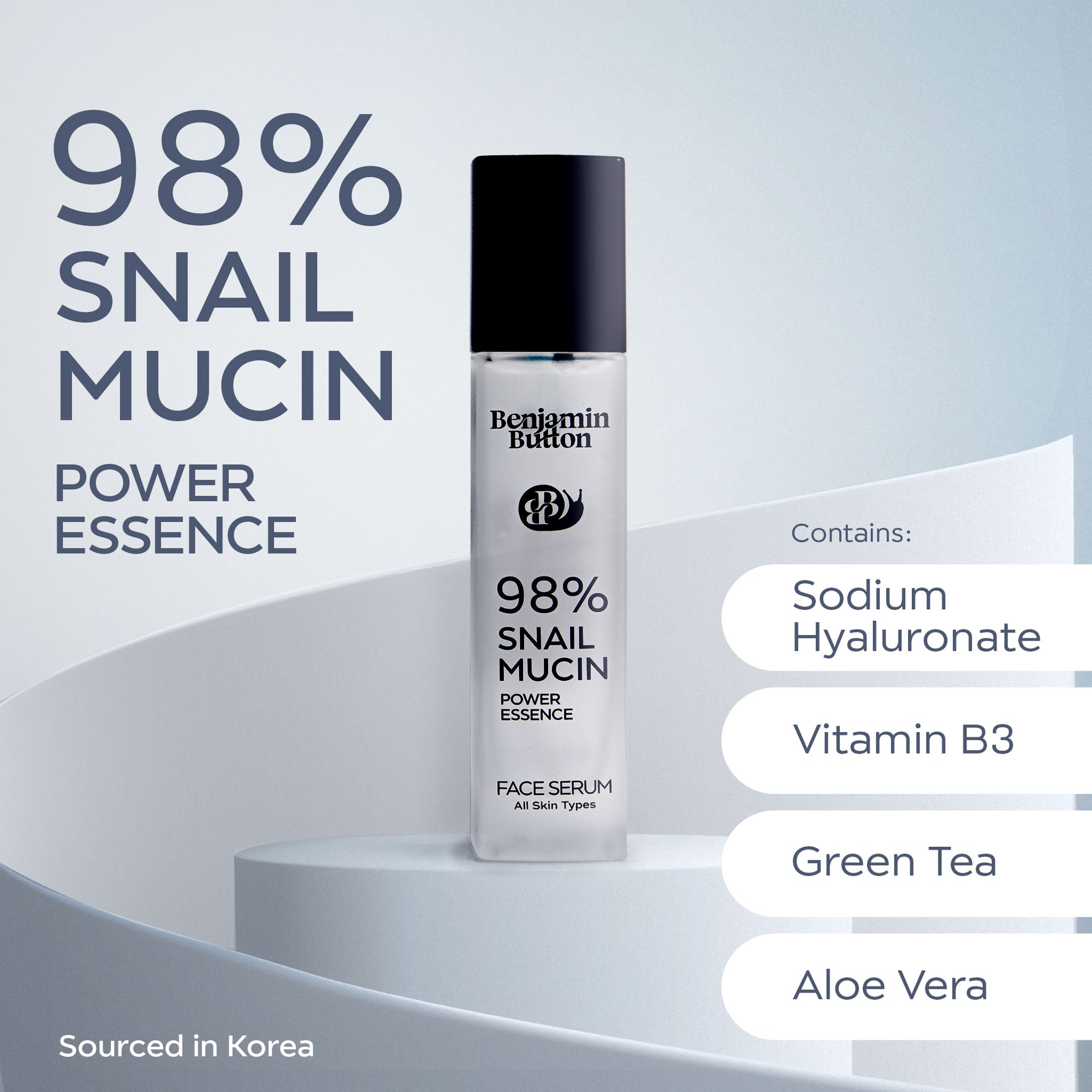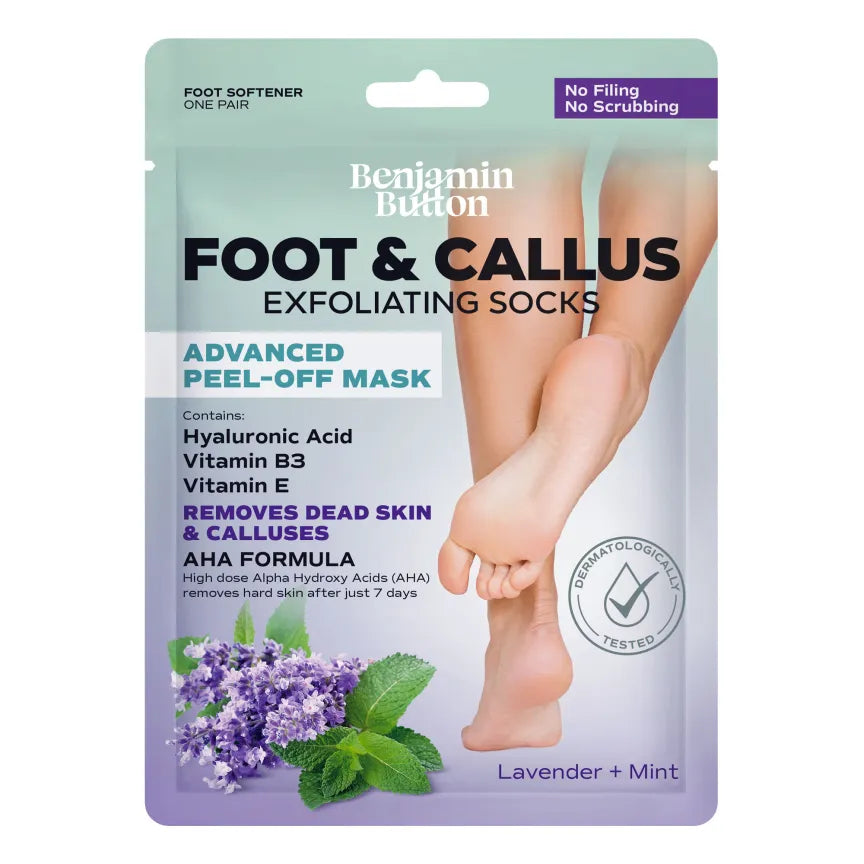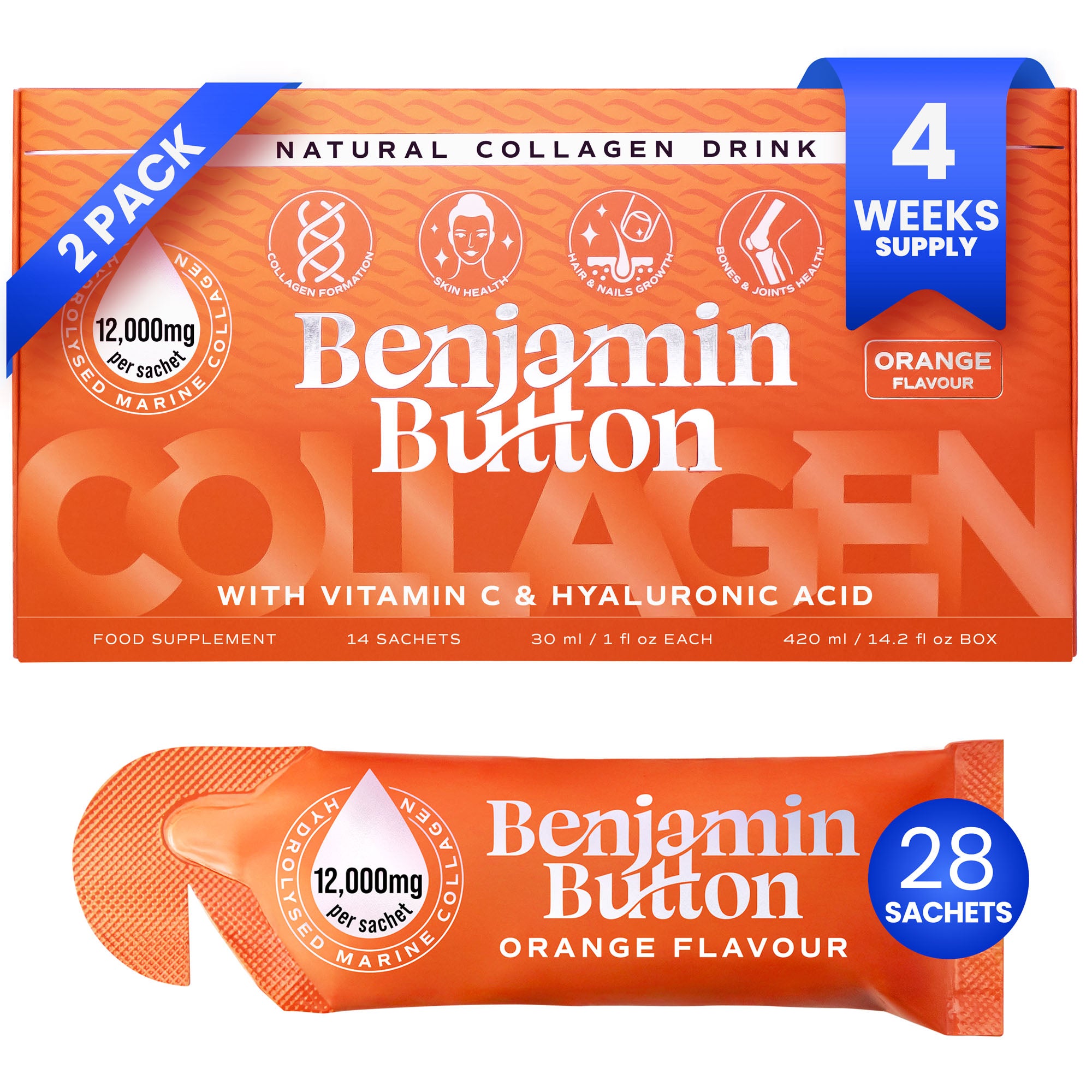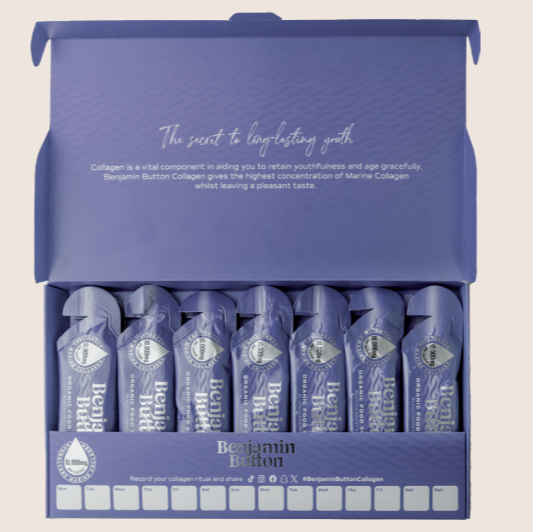The Secret to Cutting Your Marathon Time by 40 Minutes Without Burnout
The pursuit of running a marathon is a journey that combines physical endurance, mental resilience, and a strategic approach to training. Many runners strive for a personal best but often find themselves falling short of their goals, battling fatigue and burnout. The good news is that you can drastically improve your marathon time – by as much as 40 minutes – without experiencing the dreaded burnout. This guide will provide you with actionable strategies that allow you to train effectively and enjoy the process.Adopting a Smart Training approach
To achieve significant reductions in your marathon time, you must revolutionise your training routine. A smart training approach focuses on quality over quantity, balancing the right type of workouts while incorporating adequate recovery.High-intensity Interval Training (HIIT)
Incorporating HIIT into your training regimen can lead to substantial gains in speed and endurance. These workouts push your body to perform at its peak, resulting in adaptations that enhance your overall running economy and speed. Consider these key points:- Short bursts of effort: Incorporate intervals of sprinting followed by recovery periods.
- Improved cardiovascular fitness: HIIT increases your heart’s ability to pump blood efficiently.
- Time-efficient: You can get an effective workout in a shorter amount of time.
Long Runs with a Purpose
Long runs are a staple in marathon training, but they should not be mindless. Make your long runs strategic to increase their effectiveness.- Pace Variation: Incorporate sections at your goal marathon pace to simulate race conditions.
- Fueling Strategies: Practice your nutrition regimen during these runs to find what works best.
- Terrain Changes: Mix in different terrains to engage various muscle groups.
Incorporating Cross-Training
To prevent burnout and overuse injuries, cross-training can be a game-changer. Engaging in other physical activities reduces the strain on your running muscles while improving your overall conditioning.Benefits of Cross-Training
- Improved muscle balance: Engaging different muscle groups can prevent imbalances that lead to injury.
- Increased aerobic capacity: Activities like cycling and swimming can enhance your cardiovascular endurance without the impact stress of running.
- Mental rejuvenation: Switching up your routine can keep your workouts fresh and enjoyable.
The Importance of Rest and Recovery
A common misconception in athletic training is that more is always better. In reality, rest and recovery are just as critical to performance improvement, if not more so. Your body needs time to heal and adapt to the workouts you've executed.Incorporating Active Recovery Days
Instead of opting for complete rest, consider integrating active recovery days that still allow movement but at a significantly lower intensity. Activities could include:- Yoga: Enhances flexibility while promoting relaxation.
- Walking: Keeps the blood flowing without placing stress on the body.
- Light cycling: Offers movement to recover while absorbing less impact.
Nutrition as a Foundation for Performance
No training plan is complete without proper nutrition. To support your ambitious goals of slashing marathon times, an effective nutrition strategy is essential.Fueling Strategies for Endurance
Your diet should focus on a balance of macronutrients that cater to the needs of an endurance athlete.- Carbohydrates: The primary fuel source for long-distance running. Be strategic about complex carbs and timing.
- Proteins: Vital for muscle repair. Incorporate lean meats, legumes, and plant-based proteins.
- Fats: Don't shy away from healthy fats which provide sustained energy.
Pre-Race Nutrition
The meal before the race is one of the most critical moments for optimal performance. Your plate should be filled with familiar carbs that you have practiced with during training.- Simple Carbs: Easy to digest; think pasta, rice, or oatmeal.
- Small Protein Serving: Keeps muscles satisfied without feeling heavy.
- Hydration: Start hydrating well in advance to ensure you are not playing catch-up race day.
Mindset Matters
A successful marathon is as much a psychological challenge as it is a physical one. Maintaining a positive and resilient mindset can enhance your experience and performance significantly.Setting Clear Goals
When you set specific, measurable goals, you're more likely to stay motivated. Consider:- Short-term Goals: Focus on your upcoming training cycle.
- Long-term Goals: Think about your marathon finish time and how to achieve it.
- Enjoy the Journey: Remember to celebrate small victories along the way.










